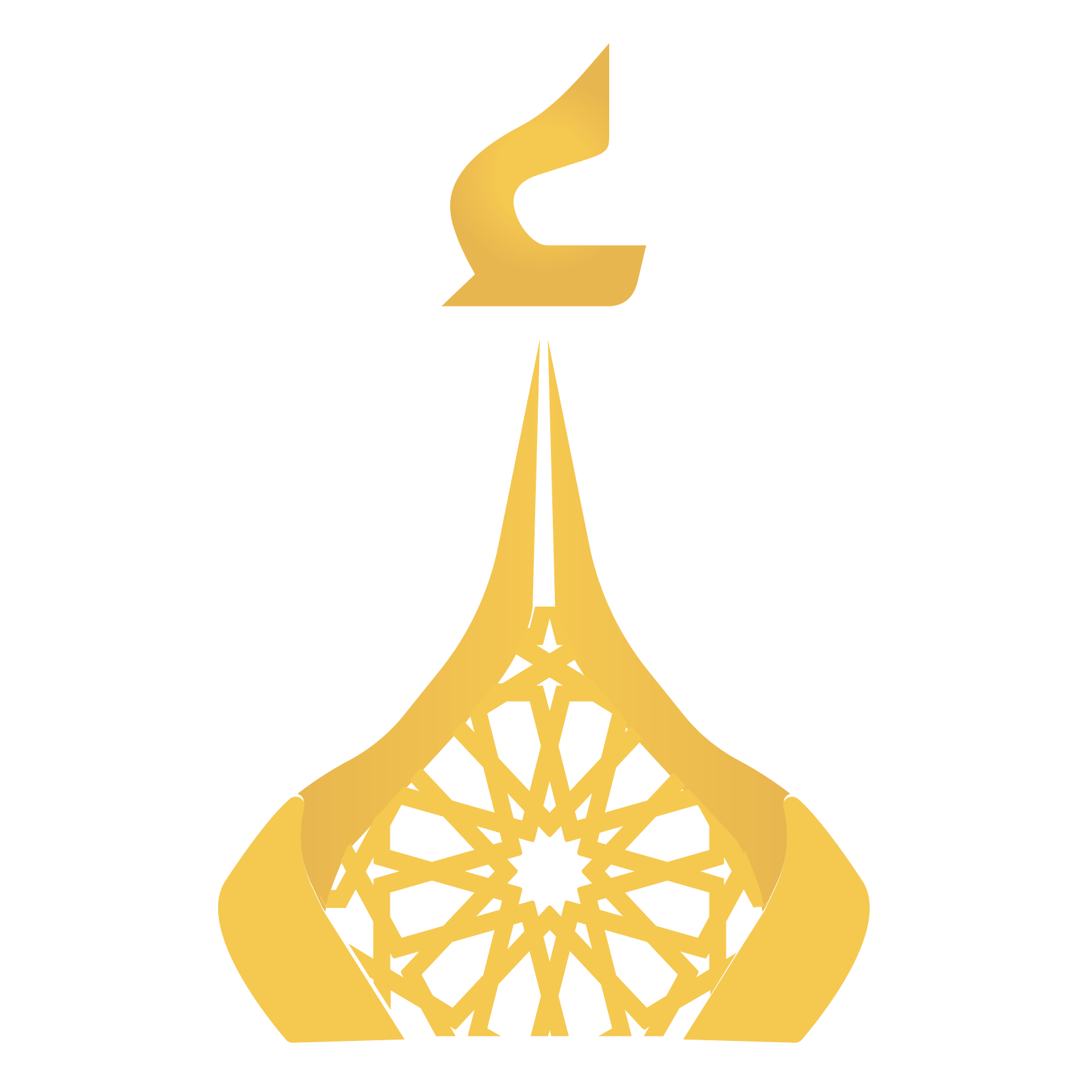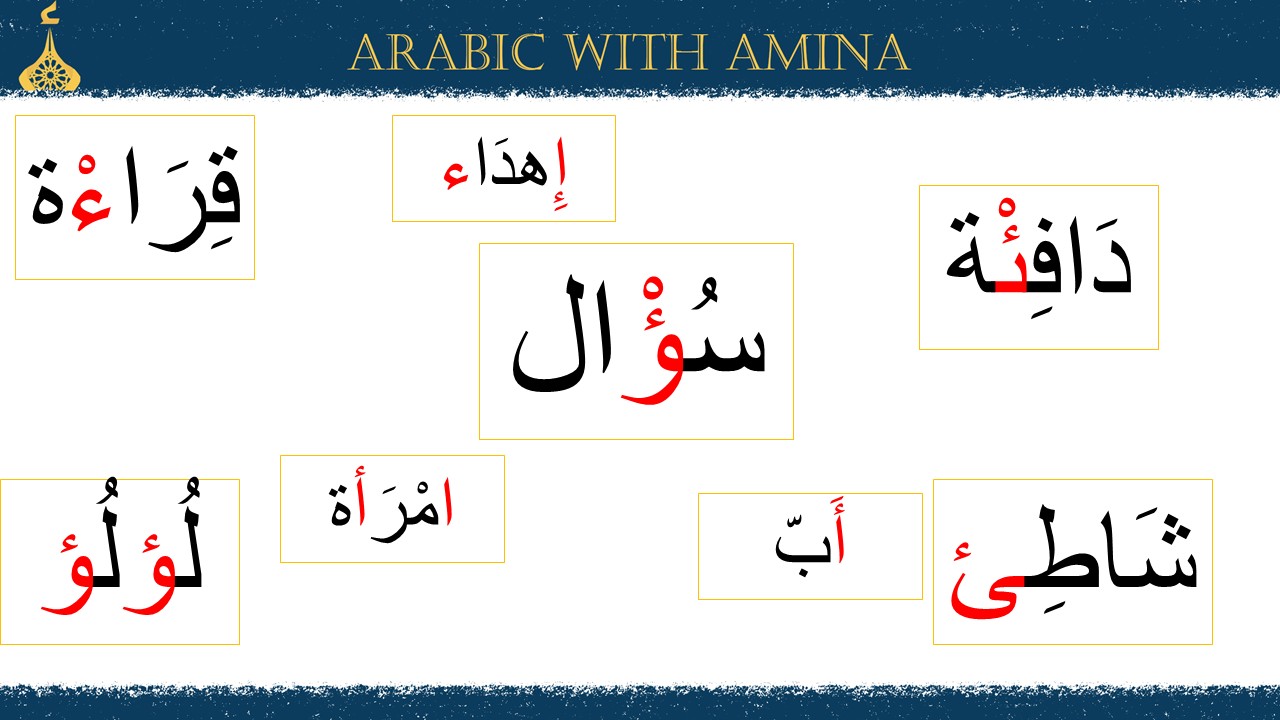Ever wondered why sometimes Hamza is written on a yaa’ ئ, sometimes on a waw ؤ, and other times it’s floating on a line ء? This is one of the trickiest parts of Arabic spelling — but once you understand the logic, it becomes second nature!
This lesson breaks down:
- What is Hamza?
- How to write Hamza in the middle of a word
- How to write Hamza at the end
- How to deal with Tanween when it comes to Hamza
Writing Hamza in the Middle (Hamza Mutawassiṭa الهمزة المتوسطة)
The rule is based on the short vowel before the hamza:
- Kasra (ِ) → Write it on yaa’ (ئ)
- Fatha (َ) → Write it on alif (أ)
- Ḍamma (ُ) → Write it on waw (ؤ)
- Sukoon or after alif → Write it on the line (ء)
Writing Hamza at the End (Hamza Mutaṭarrifa الهمزة المتطرفة)
Similar vowel rules apply:
- Kasra before → yaa’ (ئ)
- Fatha before → alif (أ)
- Ḍamma before → waw (ؤ)
- Sukoon/alif before → standalone (ء)
Special Case: Tanween on Final Hamza
Final Hamza with tanween (تنوين) has some extra conditions depending on the preceding letter:
- Ḍammah/kasra tanween → Goes directly on the Hamza
- Fatha tanween:
- After alif: Place tanween above Hamza
- After non-connecting letter: Add a separate alif after the Hamza
- After connecting letter: Place tanween on the Hamza and add a connected alif
Sounds confusing? It’s much easier with examples — and we go over them all in the video!



